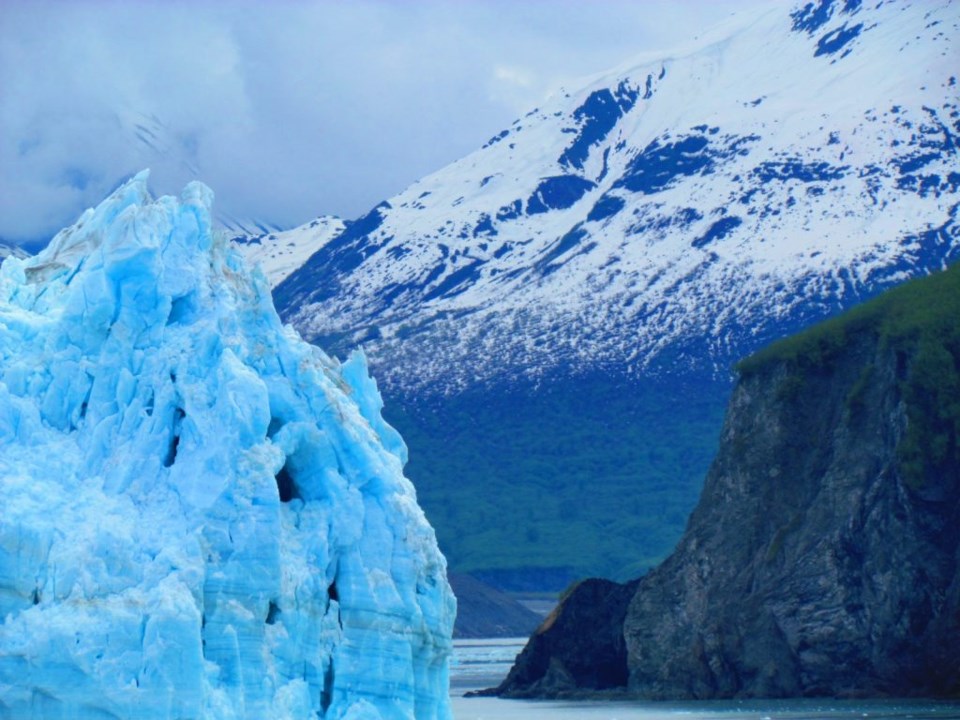This content was originally published by the Longmont Observer and is licensed under a Creative Commons license.
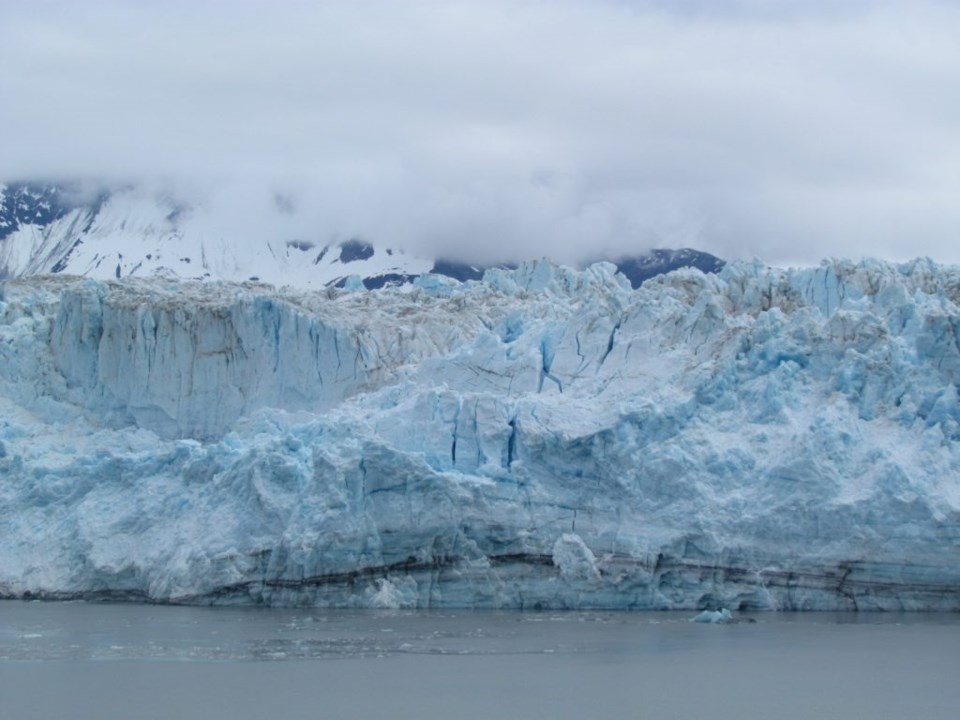
My husband and I took a 7-night Alaskan cruise on the Celebrity Eclipse. We lived in luxury while exploring a very wild place. On other cruises, if you spend all day on the cruise ship, and it doesn’t stop for you to disembark, it is because you are at sea. On normal cruises, days at sea are perfect for relaxing, reading, sunbathing, swimming, hot tubbing, bar hopping, or spa time. You can do all these things because there is nothing to see or explore while you’re at sea. In fact, you usually can’t even see a shoreline. This is not true in Alaska.
A lot of the time on an Alaskan cruise is spent in the Inside Passage. It’s called that because you’re off the west coast of Alaska, but you are not out in rough open sea. Instead, you are making your way between the mainland shore and a myriad of islands, peninsulas, channels, fjords, straits, and bays as you move north or south along Alaska’s rugged coastline. The water tends to be calmer in the Inside Passage. In fact, it’s almost like a big, meandering, beautiful lake.
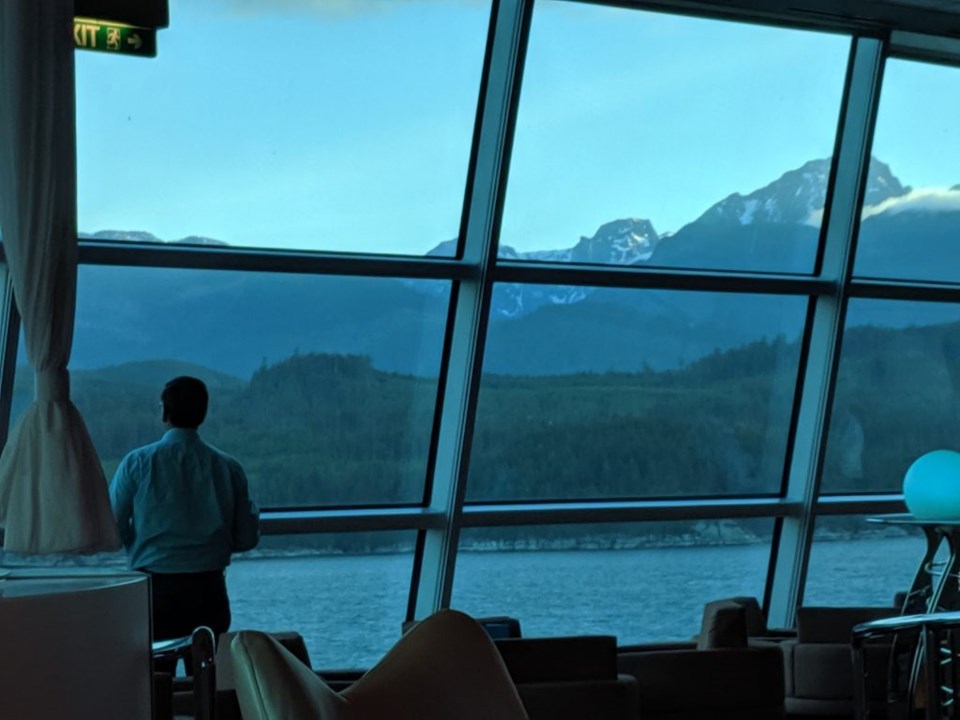
Many cruises go to Glacier Bay National Park, in which you might see several glaciers. Because of the size of the bay, it can accommodate two cruise ships and several smaller vessels at one time. We visited Glacier Bay on our last cruise, so we headed to Hubbard Glacier this time. It is in a smaller bay, so it only allows one vessel at a time. In either location, your cruise ship does not stop for you to disembark. Instead, you are viewing these beautiful rivers of ice from afar. In fact, the only ways to see them at all are by sea or by air.
Hubbard Glacier is located in Disenchantment Bay, named that by an Italian nobleman and Spanish Naval Captain Alessandro Malaspina, who was searching for a northern route between the Pacific and the Atlantic Oceans in 1792. He entered Yakutat Bay and traveled east, hoping to keep on going. Then he came upon this bay, completely closed off by mountains and ice. He went home disappointed… or should I say disenchanted? Little did he know that, while passage is now possible during some months due to global warming, there is still no northern shipping route that is viable commercially.
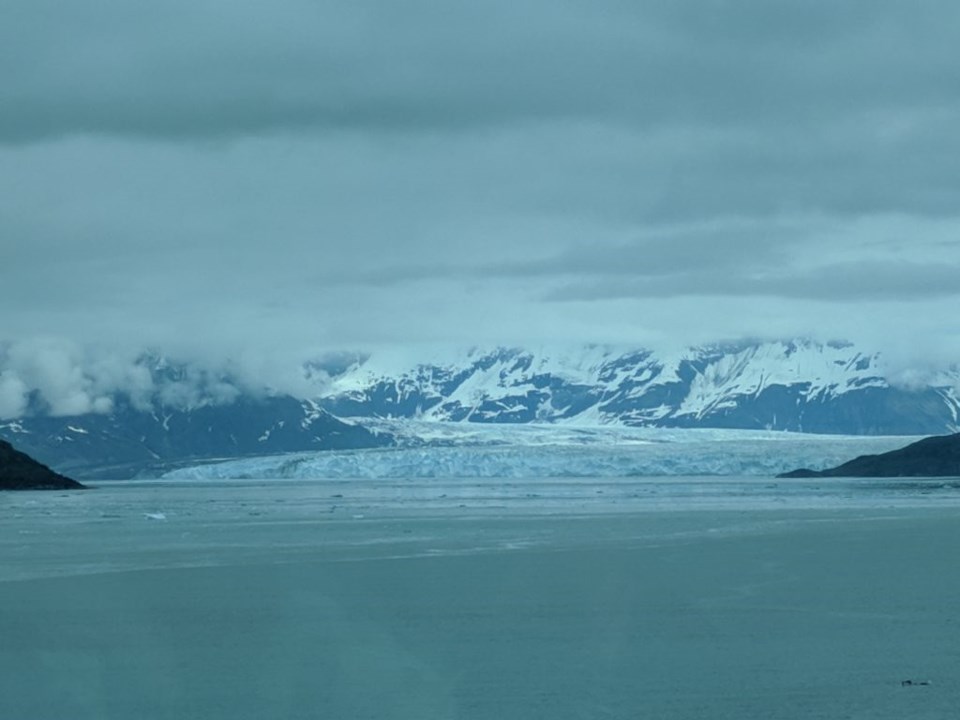
Hubbard Glacier, named for the first president of the National Geographic Society, Gardiner Hubbard, is massive. Picture a river that is an average of 6 and a half miles wide and 1,200 feet deep. Picture it flowing, ever so slowly, along its 76 mile path from its source in Yukon, Canada. Now picture that entire river completely frozen, year round. Unlike other glaciers in the northern hemisphere, this one is actually thickening and growing. In fact, it now meets with the Valerie Glacier to the west, and it is believed that the two of them will completely close the entrance to Disenchantment Bay by 2025. Does this mean we should discontinue our efforts to slow global warming? By no means. This glacier is one of a kind in a world of glaciers that are thinning and shrinking.
As we entered Disenchantment Bay, we realized why the cruise line had warned us that our seeing Hubbard Glacier depended on the conditions. The bay was littered with chunks of ice, both large and small, through which the captain had to carefully navigate.
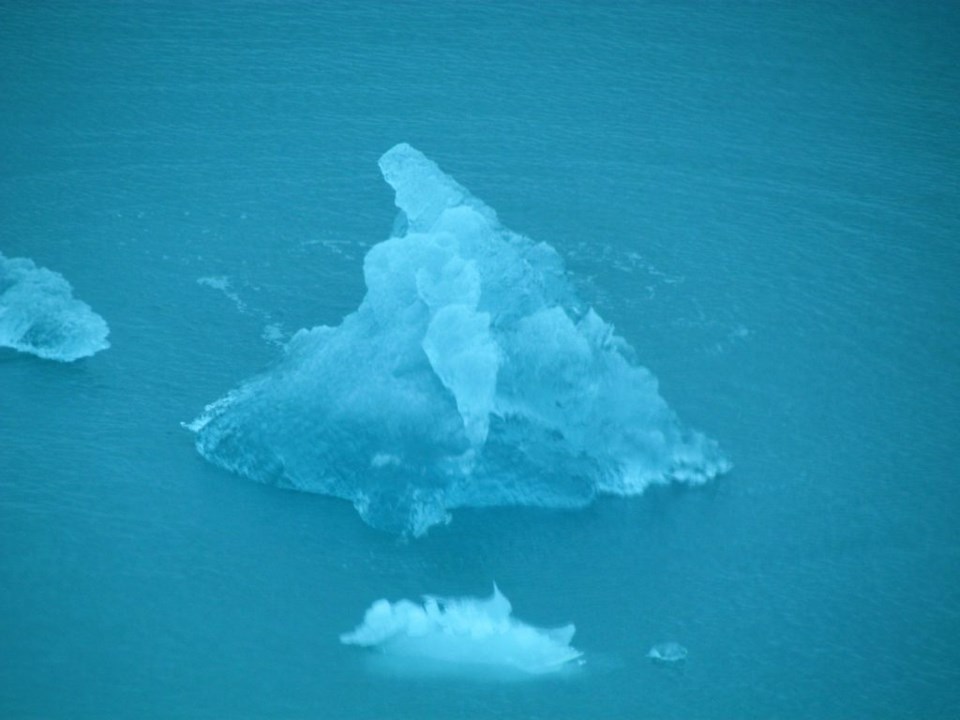
At the point at which Hubbard Glacier reaches the bay, it seems dwarfed by the mountain behind it. You can call the glacier small if you would call a 25 story building that is over 9 miles wide at its widest point small. Our cruise ship is only 16 stories from the water line, and it is 121 feet at its widest point. Even its entire length is only 1,040 feet, so it could fit in front of the glacier 45 times! The problem is I couldn’t get a picture of the ship and the glacier in the same shot. I tried to do more hands-on research on these statistics, but my husband wouldn’t let me jump ship so I could take a picture of our tiny cruise ship (with room for over 2,800 passengers) in front of the massive glacier, in front of the gargantuan mountains.
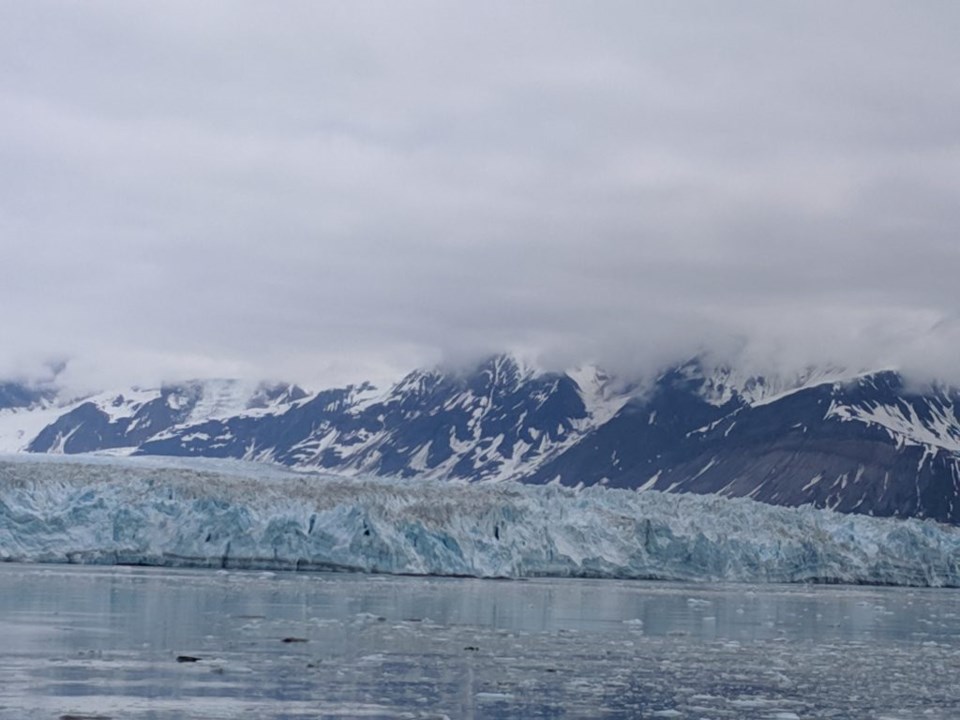
Unable to communicate the sheer size of the glacier through photography, I’ll settle with sharing its beauty. Words don’t do it justice anyway. If you ever get a chance to visit Hubbard Glacier, I can promise you this: You won't be disenchanted, as the name of the bay implies.
